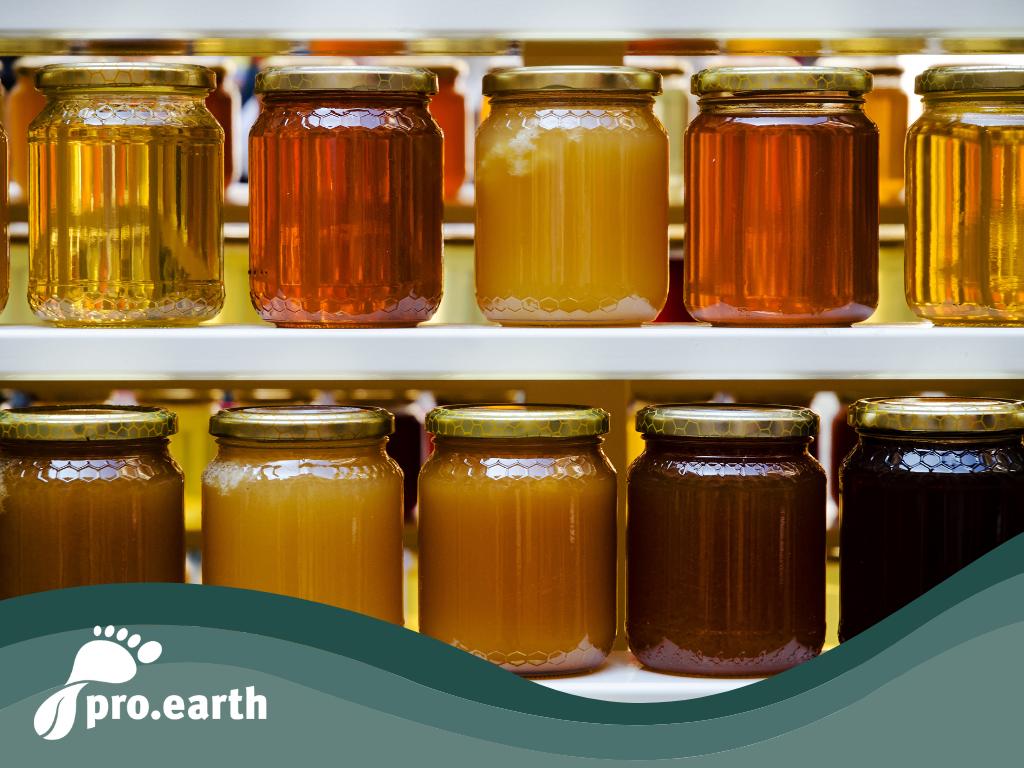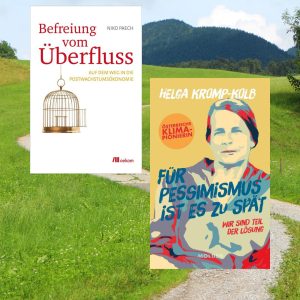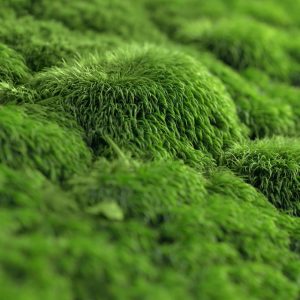Be careful when buying honey!

What do grain syrups have to do with our honey?
That's right, they are stretching it because honey production in the EU does not meet demand or because the consumer is not willing to pay the price that responsibly produced, domestic honey commands.
According to an analysis published by the EU Commission three weeks ago, almost half of 320 honey samples from 15 EU countries were "suspicious", in plain language "adulterated".
An incredible 46 percent were therefore classified as "suspected" of not complying with EU directives (you could also call it "adulterated").
93 percent of the Turkish samples and 74 percent of the Chinese samples were not honey.
"If almost every second honey product imported into the European Union is adulterated, this means that 20 percent of all honey consumed in the EU is adulterated," says Stanislav Jaš, representative of beekeepers in the EU
Incidentally, imports from EU and non-EU countries are not carried out by beekeepers, but by retailers, usually via Germany.
How to recognize fake honey
First of all, the price - if a kilo costs 6 euros, it can't be right. Genuine, regionally produced honey from beekeepers costs from 16 euros per kilo. After all, it is a precious commodity.
It is also advantageous to take a look at the place of production.
The composition also indicates ingredients that are not normally found in honey.
However, the last two points cannot always be relied upon, as the labeling and quality standards for domestic products are much higher than those for imported goods.
Can someone explain this to us? 💚






